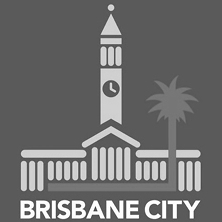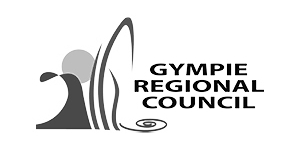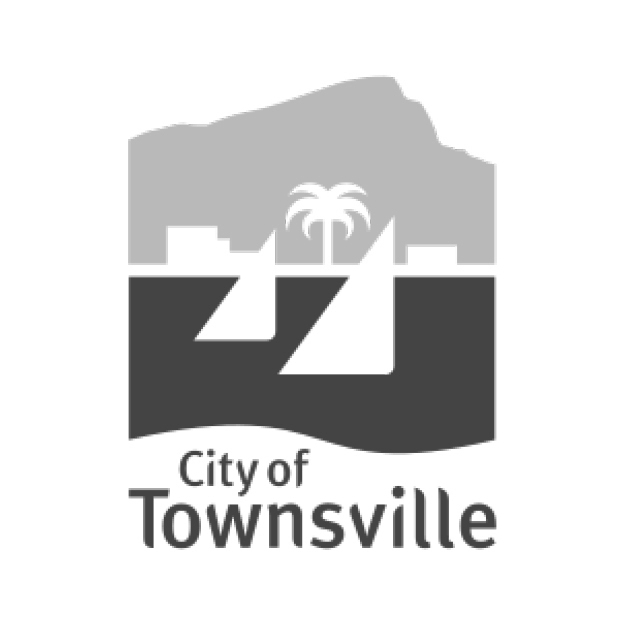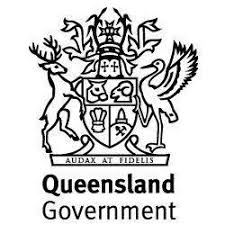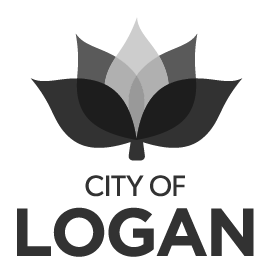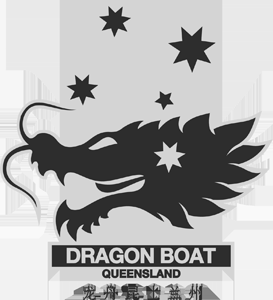Author: Courtney Frederiksen, CPR Group
We all know that walking is good for us. Some of us even track our steps daily, striving to hit that recommended number. Personally, I feel the effects when I don’t walk enough—that ache in my shoulder starts up again and my mood gets a little darker. Walking not only stretches my body but also provides a much-needed rest for my mind.
My appreciation for walking deepened significantly during the development of Walking Network Plans for Councils, funded recently by TMR. Conversations with community members revealed not just why they walk, but also what barriers they face in making walking a part of their daily lives.
There’s walking out of necessity—like taking children to daycare or popping down to the local shops. Then, there’s walking for health and well-being, whether it's achieving personal goals or just getting outside to feel the sun on your face. Then, there’s walking for connection.
Connection to Place
One woman shared her personal challenge of walking every street in her town to reconnect with the place she grew up. It’s a beautiful example of using walking to reestablish a bond with our surroundings and with our past.
Connection to Nature
Many people shared pictures of sunsets and landscapes from their favourite walking spots, highlighting how walking lets them enjoy the beauty of nature. There are numerous opportunities to connect with nature while walking, from forest treks to mountain hikes. However, we can’t always get out for a hike, or we may not be able to or feel safe to do so. During our consultation it became clear how vital it is that there are everyday walking options that allow people to stay close to nature in a controlled, safe, and accessible manner—such as well-lit, open, and populated park paths.
Connection to Community
This connection becomes especially poignant when it is lost. It is often those most in need of connection who are at the greatest risk of losing it. For instance, the elderly who struggle to navigate poorly designed bollards with their walkers might decide to miss out on an activity at the library. New mothers might avoid venturing out if pushing a pram on the road feels unsafe. People in wheelchairs might long for the independence of reaching the park on their own.
Walking, running, and moving with the help of mobility devices are vital for everyone. This was evidenced by the overwhelming responses and positive feedback we received during our Walking Network Plan consultations. And that’s why it's so crucial to get it right.
We use a combination of data, consultation and site audits to find where people are walking, where they would like to walk, and the gaps between.
In this way, CPR Group's Walking Network Plans are well-informed, practical, and most importantly support the community to connect with nature, themselves and with others.





